Photojournalist Daniel McCabe unsparingly plunges us into a world of desperation, war, and violence. Anyone remotely familiar with the internal affairs of the Democratic Republic of the Congo should expect nothing short of the tragic and the horrific. In spite of attempts at sprinkling bits of hope into the narrative, This Is Congo is ultimately a catch-up exposé on what’s been going on in this country for the past 20 years. And the catch-up is horrifying indeed, with no singular villain to really pinpoint and assign accountability.
The second Congo war technically ended in 2003, but its grisly residue still festers across the nation’s countryside to this day. Government corruption and disparate rebel groups run amuck. The film primarily focuses on three individuals—the military leader, General Kasongo, who’s in charge of the government offensive against the March 23 Movement (M-23) rebel group; the tailor, Hakiza Nyantaba, who resides in a refugee camp making clothes; and a small-time minerals dealer, nicknamed Mama Romance, who’s simply looking to provide for her family.
McCabe’s beautifully shot and extraordinarily brave filmmaking rings bells of the late Tim Hetherington, whose Restrepo still sets the standard for ballsy journalism. McCabe does not shy away from putting himself headfirst into the battlefield. Like Hetherington, McCabe sacrifices himself completely for the narrative. For that alone, This is Congo deserves kudos.
But for a documentary that is supposed to be about the Congo, a lot of important pieces are missing from the story. This may give viewers a somewhat narrow impression of what encapsulates the “whole” of the Congo, which the title alludes to. For instance, some of the support toward the M-23 comes from the deeply oppressed Banyamulenge-Tutsi minority in the Kivus. Yet only a few minutes of explanatory screen time is given to their plight. Ethnic conflict is central to the violence in the Kivus, where much of the M-23 conflict is centered around, and McCabe sort of sidelines this, which is somewhat understandable given the extraordinarily complicated web of ethnic entanglement in the region.
Furthermore, for most the film it seems as though the viewers’ sympathies are to be aligned with the Congolese government forces. After all, most of the soldiers McCabe follows are government troops. But, of course, the story is always more complicated. The troops have done some truly horrific things, including lending support to the vicious FDLR (Democratic Forces for the Liberation of Rwanda) rebel group. Again, it’s understandable (and perhaps safer) for McCabe to have followed these soldiers, but the fact that there is little mention of the terroristic rebel groups actively supported by the government may obfuscate the bigger moral picture.
Perhaps some of this could have been avoided if we focused more on the film’s two other subjects, the tailor, Nyantaba, and the minerals dealer, Mama Romance, two vastly underused and intriguing subjects. After all, it is the Congolese—the farmer, the cook, the tailor, the mother, the father, son, daughter—who suffer most from the various politics and wars. Hence, a film called This Is Congo should give as much screen time (if not more) to the everyday people simply looking to escape war, violence, and poverty. Nevertheless, McCabe’s documentary is still important and deeply informative, as well as a testament to brave and intrepid journalism.


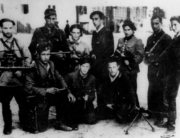
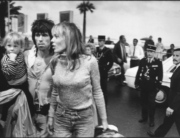
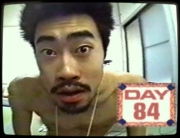
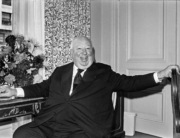
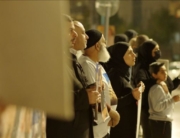
Leave A Comment